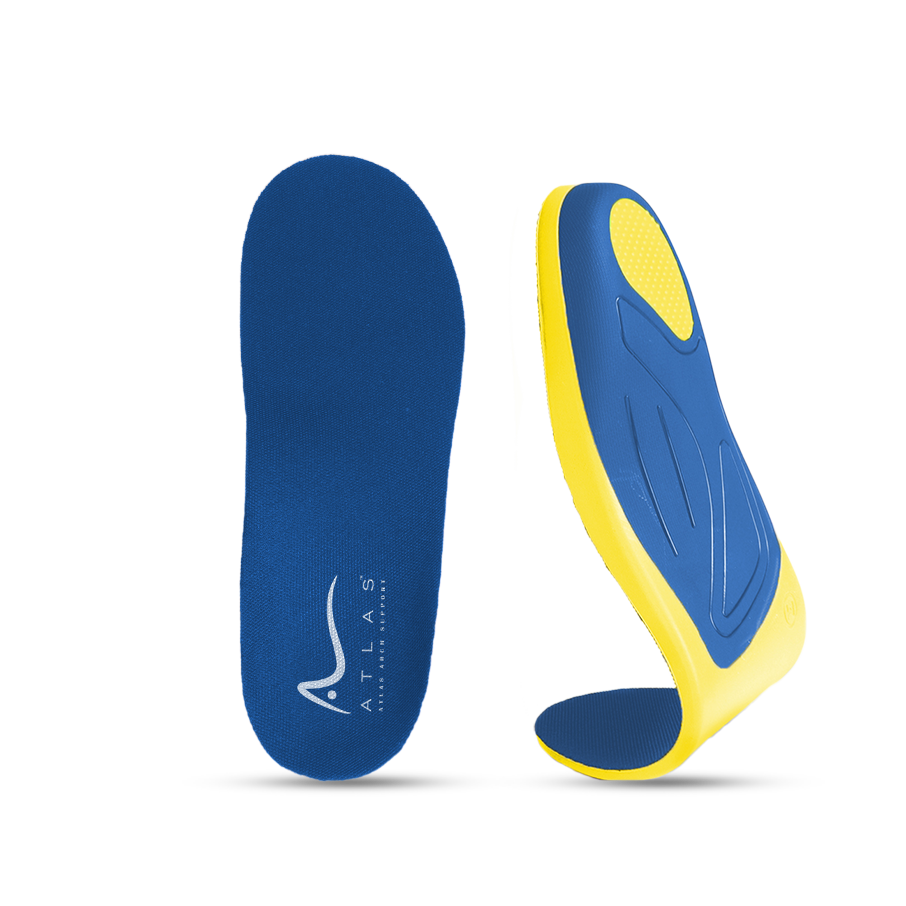Pronation plays a crucial role in our foot mechanics, influencing our walking, running, and standing habits. It's the foot's natural inward roll during movement, crucial for absorbing shock and evenly distributing weight. This guide sheds light on pronation's intricacies, its types, and its effects on foot health, providing you with the insights needed to avoid injuries and enhance performance.
Understanding Pronation
Pronation is a biomechanical process that allows our feet to adjust to various terrains as we move. It involves three phases: heel strike, midstance, and toe-off, with pronation occurring during midstance as the arch of the foot collapses for shock absorption and stability.
Types of Pronation

Neutral Pronation
- Considered the optimal foot movement pattern, it involves a moderate inward roll of the foot for even force distribution, excellent shock absorption, and stability, promoting a balanced and efficient gait.
Overpronation
- Characterized by an excessive inward roll of the foot, leading to arch collapse and biomechanical imbalances, it can increase the risk of injuries like shin splints and plantar fasciitis. Shoes with added arch support and motion control are beneficial.
Underpronation (Supination)
- This occurs when the foot rolls outward, placing too much pressure on the foot's outer edge and leading to limited shock absorption. Cushioned and supportive footwear can help manage underpronation.
Understanding the Implications of Pronation
Pronation plays a significant role in determining the type of footwear that will provide the best support and reduce the risk of injury for athletes and runners. Incorrect pronation can lead to a variety of issues, including plantar fasciitis, Achilles tendinitis, and shin splints, among others. By selecting the right type of shoes—those that cater to one's specific pronation type—and considering the use of orthotic devices when necessary, individuals can significantly improve their comfort during physical activities and enhance their overall performance.
Assessing Pronation
To accurately determine one's pronation type, several methods can be employed:
- The Wet Test: This simple test involves wetting the feet and standing on a flat surface that will show the footprint. The shape of the footprint can give an indication of the arch type and, by extension, the pronation type.
- Examining Shoe Wear Patterns: By looking at where shoes wear out the most, one can infer their pronation type. For example, excessive wear on the inside of the shoe may indicate overpronation.
- Professional Gait Analysis: For a more accurate assessment, undergoing a professional gait analysis can provide detailed insights into one's foot mechanics. This analysis often involves running on a treadmill while being recorded, allowing experts to assess the movement of the feet and legs during motion.
Correcting Pronation
Once the pronation type has been determined, several corrective measures can be taken to address any issues:
- Targeted Exercises: Specific exercises can help strengthen the muscles around the foot and ankle, improving stability and support. These exercises might include toe curls, heel raises, and leg balances, which can help correct pronation abnormalities.
- Customized Shoe Inserts or Orthotics: For those who require additional support, customized orthotics can be designed to correct the specific pronation issue, providing the necessary alignment and support to reduce the risk of injury.
- Selecting Appropriate Footwear: Choosing shoes that are designed for one's pronation type is crucial. For overpronators, shoes with enhanced stability and motion control can be beneficial, while underpronators might benefit from more cushioned shoes to compensate for the lack of natural shock absorption.
By taking these steps to understand and correct pronation issues, individuals can significantly reduce their risk of injury, improve their foot health, and enhance their performance in athletic activities.
Conclusion
Pronation is a key aspect of foot biomechanics that deserves attention. By evaluating your pronation type and implementing suitable corrective measures, you can avert injuries, improve comfort, and optimize foot health. Embrace the journey to understanding pronation and unlock your feet's potential for better health and performance.



